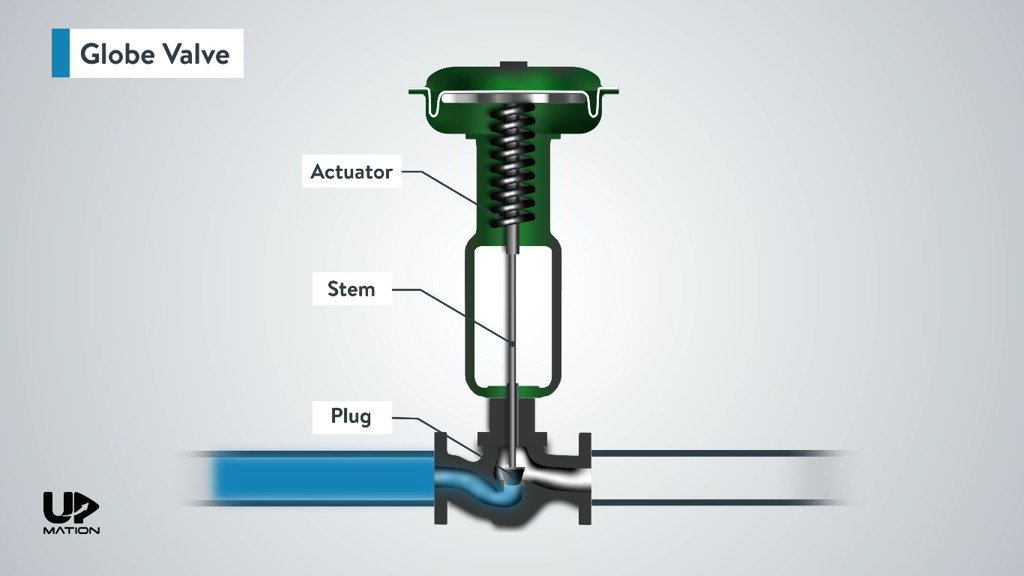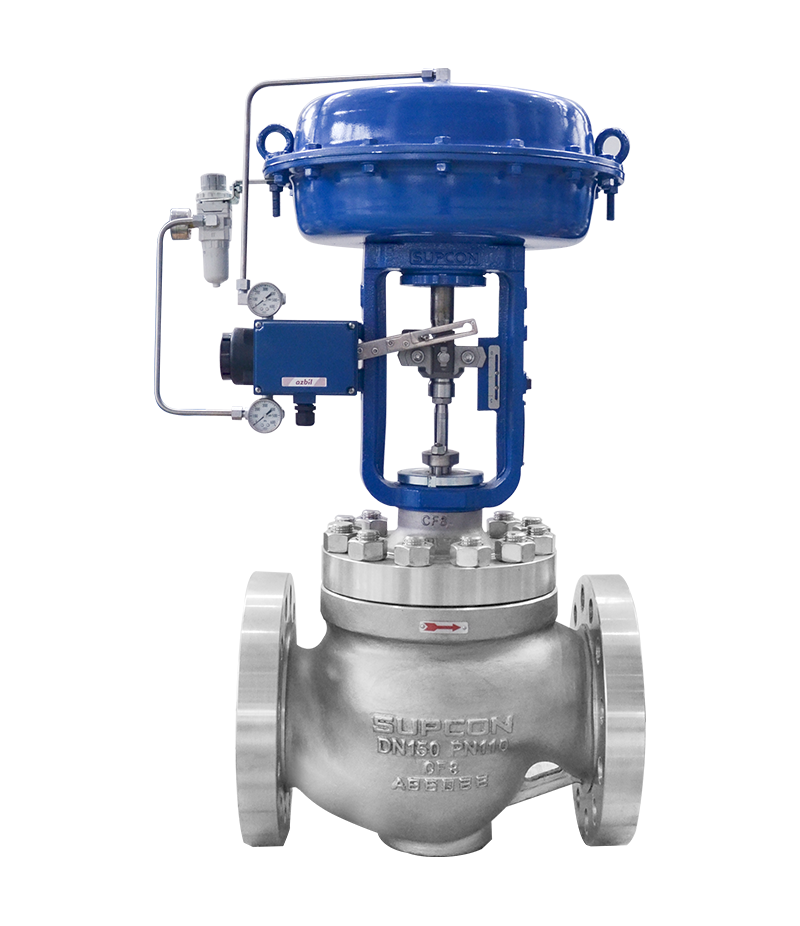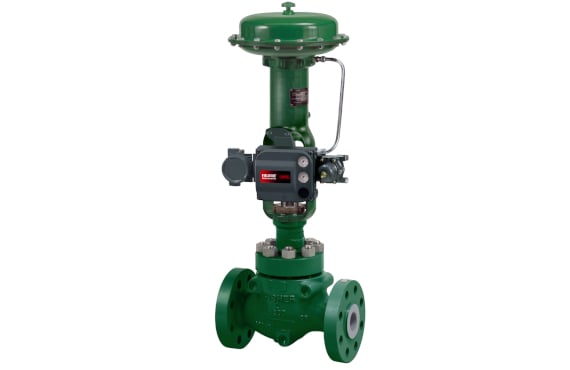Checking out the Functionality of Modern Control Valves in Industrial Applications
Checking out the Functionality of Modern Control Valves in Industrial Applications
Blog Article
Achieve Seamless Integration and Control With Top Quality Structure Automation Controls
In the world of modern-day building management, the value of top quality structure automation controls can not be overemphasized. Embracing top quality structure automation controls is not simply an issue of benefit yet a critical imperative for companies aiming to enhance their facilities' efficiency and sustainability.

Evolution of Building Automation Controls
Throughout the past few decades, the development of constructing automation controls has considerably transformed the way buildings are managed and operated. Constructing automation systems mostly focused on fundamental functions such as managing air, air flow, and home heating conditioning (A/C) systems. As modern technology advanced, these controls have actually ended up being much more sophisticated, allowing for a broader variety of structure systems to be incorporated and handled centrally.
The development of developing automation controls has actually seen a change in the direction of even more intelligent systems that can adapt to changing conditions in real-time. This versatility is important for enhancing energy effectiveness and guaranteeing occupant comfort. Furthermore, modern-day building automation controls currently offer features such as anticipating maintenance, remote surveillance, and data analytics, making it possible for center supervisors to make data-driven choices to enhance structure performance.

Advantages of High Quality Combination
The advancement in building automation controls in the direction of even more intelligent systems has actually underscored the substantial benefits of quality assimilation in enhancing structure operations and improving total efficiency. Quality assimilation of constructing automation controls offers several crucial advantages. Firstly, it leads to boosted energy performance by enabling different systems to collaborate seamlessly, making certain ideal efficiency and lowering power wastage. Second of all, quality combination boosts passenger convenience and performance by making it possible for personalized control over environmental settings like air, lights, and temperature level top quality. This modification can lead to an extra comfy and helpful working or living environment. In addition, top quality integration simplifies upkeep and troubleshooting procedures, as all systems are interconnected and can be kept track of and regulated from a central interface. This central control additionally supplies far better exposure and understandings into structure performance, allowing proactive maintenance and optimization approaches. In general, the advantages of quality integration in structure automation controls are undeniable, offering raised performance, comfort, and functional effectiveness.
Enhanced Customer Experience and Availability
Enhancing customer communication with building automation controls through instinctive design and improved accessibility boosts the total experience for occupants and center managers alike. By concentrating on user experience, developing automation systems can come to be a lot more efficient and user-friendly. Intuitive user interfaces, clear navigating, and personalized setups empower users to interact with the controls easily and effectively.
Access features play a vital role in ensuring that all individuals, including those with handicaps, can utilize the building automation controls easily. Integrating functions such as voice commands, tactile switches, and color-contrasted displays can improve accessibility and make the controls extra inclusive.
In addition, boosted customer experience leads to greater customer satisfaction, enhanced productivity, and better decision-making. Occupants can change ecological settings according to their preferences, while facility managers can effectively handle and check building systems - control valves. Overall, prioritizing user experience and accessibility in building automation manages adds to a more productive and seamless structure environment for all stakeholders involved
Lasting Practices Via Automation

In addition, automation can help with the combination of renewable resource resources such as solar panels or wind turbines into building operations. By automatically readjusting energy use based upon the accessibility of renewable resource, structures can even more reduce their reliance on non-renewable sources. This smooth assimilation of sustainable practices not only profits the atmosphere however also enhances the total functional efficiency and cost-effectiveness of the structure. With automation, blog here buildings can line up with modern-day sustainability goals and add to a greener future.
Future Trends in Structure Control Equipment
In expectancy of advancing and advancing modern technologies sustainability methods, the trajectory of building control systems is poised to welcome transformative strategies and ingenious remedies. One popular trend forming the future of building control systems is the increased combination of Expert system (AI) and machine knowing. These technologies make it possible for structures to adapt in real-time to changing problems, optimizing power usage and boosting convenience for owners. Additionally, the Internet of Points (IoT) is transforming structure control systems by linking sensors and gadgets to improve and streamline operations performance.
One more essential trend is the focus on cybersecurity measures to protect against potential threats to constructing automation systems. As buildings end up being much more interconnected, making certain robust cybersecurity procedures will certainly be important to guard delicate data and avoid unapproved gain access to.
Additionally, the shift in the direction of cloud-based platforms is obtaining momentum, enabling streamlined control and remote accessibility to structure systems. This helps with much easier surveillance, upkeep, and updates, improving the total efficiency and versatility of building control systems. As modern technology continues to advance, these patterns are anticipated to form the future landscape of structure automation controls, driving development and sustainability in the constructed setting.
Final Thought
Finally, building automation controls have actually progressed considerably, supplying many benefits such as improved customer experience, ease of access, and lasting practices. Quality integration plays a crucial role in achieving smooth control and efficient operation of structure systems. Future trends in building control systems are likely to concentrate on more improving automation capacities for enhanced power effectiveness and total efficiency. It is vital for building proprietors and drivers to focus on the adoption of high quality structure automation controls to maximize building procedures and accomplish long-term sustainability goals.
In the realm of modern structure administration, the significance of quality structure automation controls can not be overemphasized. Overall, the advancement of building automation controls proceeds to drive advancement in the structure administration sector, offering brand-new opportunities for producing smarter and much more lasting buildings.
The improvement in Learn More Here building automation manages towards more useful source smart systems has underscored the significant advantages of high quality combination in maximizing structure procedures and improving general efficiency. In general, prioritizing individual experience and availability in structure automation manages adds to an extra seamless and productive building setting for all stakeholders included.
It is essential for building owners and drivers to prioritize the fostering of quality building automation manages to optimize building procedures and accomplish lasting sustainability goals. - control valves
Report this page